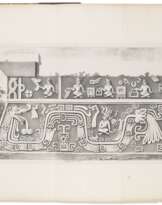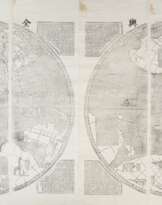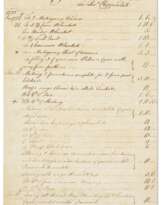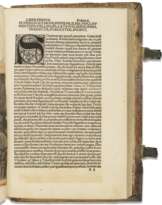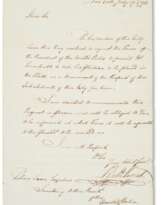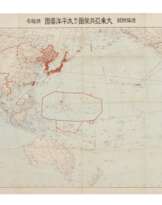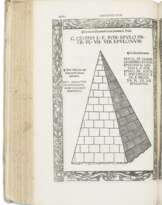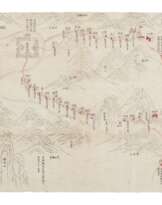ID 627490
Lot 2 | De trinitate
Estimate value
$ 7 000 – 9 000
First edition of Augustine's treatise on the mystery of the Trinity. Prior to Augustine, much of the serious writing on Christian theology was produced in Greek and reliant on a fossilized system of philosophical jargon. Nowhere was precision of language so important as discussions of the Trinity, disagreements over which caused The Great Schism (and produced many a heresy). Augustine brought a fresh treatment of these discussions to the Latin-speaking world, which his influence has dominated ever since. Kurt Ohly (Gutenberg-Jahrbuch 1956, 1957) identified the books printed in this eponymous shop with Georg Reyser, but that identification probably extends to books printed in type 3 only. Type 1 may have been used in the shop of Eggestein, where it appears as a heading type in his Ludolphus de Saxonia (Goff L-337). HC *2034; GW 2925; BMC I, 78 (IC. 882); Goff A-1342; BSB A-876; ISTC ia01342000
Royal folio (360 x 251mm). 105 leaves (of 106, without final blank). Initial spaces left blank (some dampstaining around edges, a little worming in text at end, occasional stains). Old calf (rebacked, a little scuffed and worn). Provenance: Reverend Dr. William Johnston (1800–1874, Scottish Presbyterian minister; gift inscription from Andrew Barclay-Walker dated 1863; left in his will to:) – John Brown, M.D. (1810-1882, Scottish physician and author; inscription dated 1875).
| Artist: | William Shakespeare (1564 - 1616) |
|---|---|
| Applied technique: | Pencil |
| Artist: | William Shakespeare (1564 - 1616) |
|---|---|
| Applied technique: | Pencil |
| Address of auction |
CHRISTIE'S 8 King Street, St. James's SW1Y 6QT London United Kingdom | |
|---|---|---|
| Preview |
| |
| Phone | +44 (0)20 7839 9060 | |
| Buyer Premium | see on Website | |
| Conditions of purchase | Conditions of purchase |





